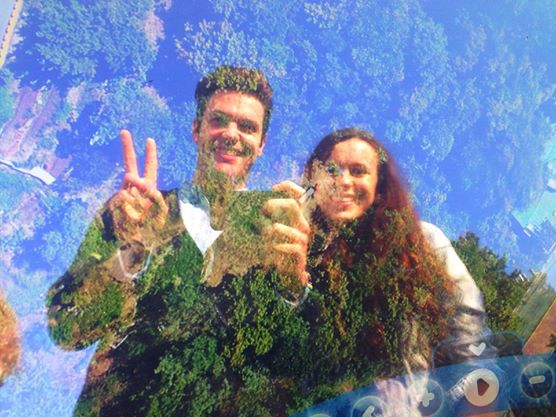This is a Busan Ex-Pat City Guide post. Check out the rest of my list here.
Photos by Stephanie Pellett. Check out her blog Life in Limbo here.
It is a widely held belief that a horseshoe is said to attract good fortune and luck. While I don’t necessarily hold this notion as canon, it was a true stroke of luck to have recently added Busan’s horseshoe-shaped Songdo Beach and the nearby Amnam Park to my Korean Bucket List.
Compared to the other beaches in Busan that I’m familiar with, (namely Haeundae and Gwangalli) my mid-March visit to Songdo was unusually placid. The promenade was not overcrowded with couples taking selfies or struggling artists pedalling their heartfelt renditions of “My Heart Will Go On”. Instead, there were families taking quiet afternoon walks, and groups of ajummas sitting on the benches, quietly conversing.
The actual beach had an almost kitschy feel to it, with statues of dolphins and whales rising up from the water. The surrounding neighbourhood was filled with coastal hotels laying claims to the best coastal views in Nampo and the usual Korean coffee chains.
On the left side of the beach, we came across an archway that led out to a series of low-rising sea-stacks to walk upon. Inside the archway was an information sign that offered some history on Songdo’s tumultuous history. I learned that not only is it Busan’s oldest beach, (having officially opened in 1913) but is also its most berated. Songdo’s coastline took a pretty severe beating from multiple hurricanes, most notably Typhoon Thelma in 1991, which caused a great deal of sand loss. Following a reconstruction in 2000, the beach now plays host to a variety of celebrations, including the Busan Sea Festival.
After a few pictures on the sea-stacks, we moved to a scenic park elevated just above the beach. My favourite part about this area was a tiny glass house filled with books at the edge of the park. Unfortunately, we couldn’t access this outdoor library, as its door was locked. We brushed this off by practicing a few arm balances and headstands, as good yogis do.
Thereafter, we headed to the Songdo Coastal Walkway in order to get to Amnam Park. This walk was undoubtedly the best part of the day. Our journey along the red staircase that hugged the coast was timed perfectly with the setting sun. The walkway was almost completely empty, save for a few smiling ajummas, and just below us were numerous fishermen looking for their last catch of the day. The Coastal Walkway has been one of my favourite moments in Busan so far, and I’m looking forward to returning later this summer.
The walkway took us approximately 25 minutes to cross. Upon reaching Amnam Park, we began to feel the effects of a full afternoon of walking on empty stomachs. We ended up hiking for about 15 minutes through the park, which was enough time to get some views, see some statues, and smell some pine trees. Amnam Park, while beautiful, couldn’t hold a candle to the astonishing views offered on the Songdo Coastal Walkway. Nor could it overshadow our rumbling stomachs. Sometimes, nature can only do so much when you’re fixing for some Thai food.
Directions
To get to Songdo Beach and Amnam Park, take the Orange Line on the Busan Subway (Line 1) to Jagalchi Station (stop 110). Go out exit 2, and take your first left. Just ahead is a bus stop; buses 7, 26, 71, or 96 will all get you to Songdo Beach, while buses 7, 9, and 91 will take you to Amnam Park. Alternatively, a cab from Jagalchi Market costs approximately ₩8,000.































